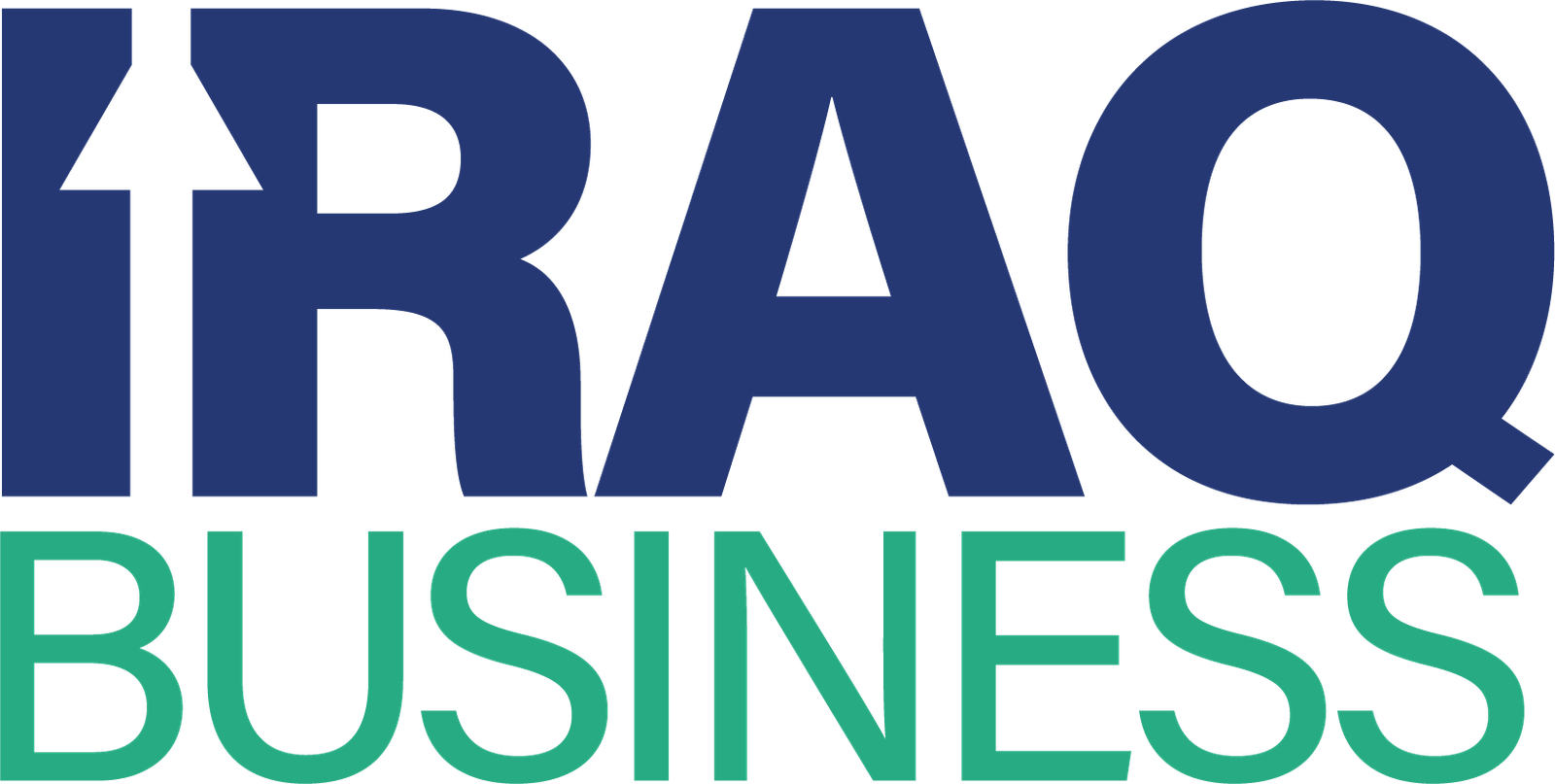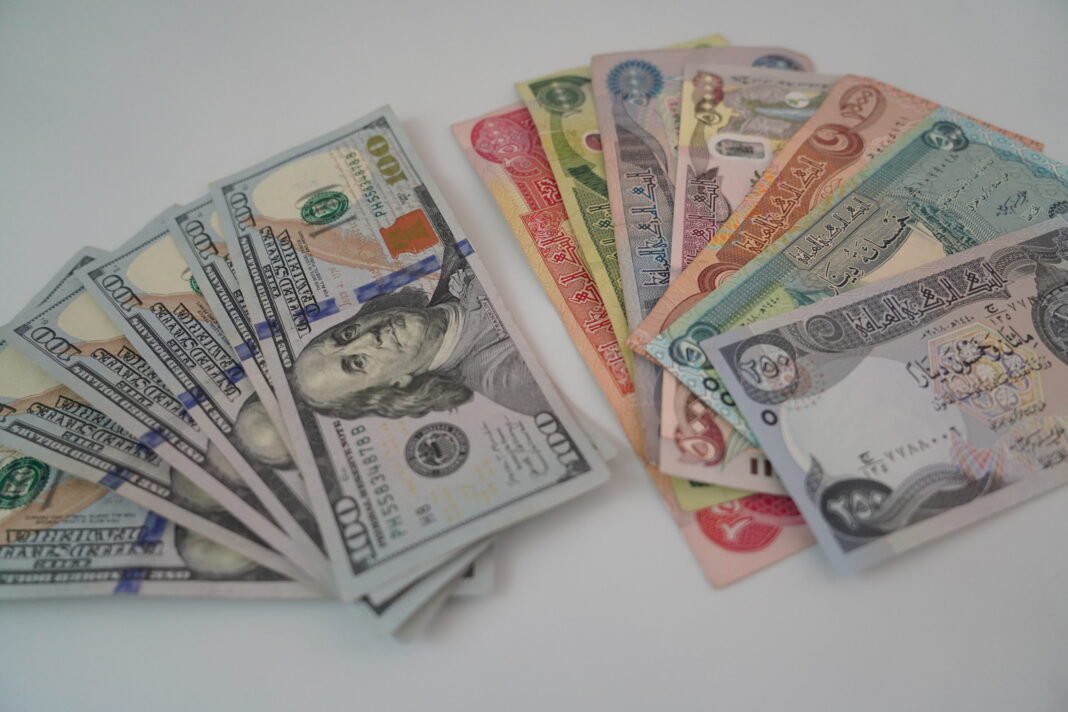The dollar prices shift again in Iraq, reflecting new market changes. In Baghdad, the US dollar fell slightly in value compared to the Iraqi dinar. However, in Erbil, exchange rates showed no significant movement. These new figures point to a notable trend in currency activity across Iraq.
In Baghdad, the drop became visible early in the day. The Al-Kifah and Al-Harithiya stock exchanges opened with the dollar priced at 140,550 dinars per 100 dollars. This figure marked a slight decline from the previous rate of 140,700 dinars. Local exchange shops followed with similar rates. They offered the dollar at 141,500 dinars for selling and 139,500 for buying.
Meanwhile, in Erbil, the dollar price showed stability. Currency traders in the region reported a selling price of 140,400 dinars per 100 dollars. Buyers received a slightly lower rate of 140,200 dinars. These consistent numbers show no major movement in Erbil’s market.
This recent dollar prices shift matters to businesses, traders, and ordinary citizens. Many Iraqis depend on dollar exchange rates for goods, travel, and online services. Even minor changes in pricing can affect daily life and business operations. Therefore, people in Baghdad closely watch these numbers.
Traders in Baghdad suggest that this drop may result from higher demand for dinars. The government’s recent fiscal steps may also play a role in pushing the dollar slightly lower. At the same time, some experts say external factors—like global oil prices and political developments—can also influence exchange rates.
In contrast, Erbil seems to operate on more stable ground. The local economy in Erbil, supported by regional trade and strong governance, helps keep the dollar’s value even. Unlike Baghdad, the demand in Erbil for foreign currency often remains balanced.
Still, the dollar prices shift could become more noticeable if trends continue. Financial analysts in Iraq warn that repeated fluctuations can lead to uncertainty. That’s why some investors choose to hold off on major decisions during such times.
People across the country hope for greater stability. They look to both regional leaders and central authorities to take measures that reduce sudden price shifts. Better transparency and economic policies could help steady both Baghdad and Erbil markets.
In conclusion, the dollar prices shift has clearly affected Baghdad more than Erbil. While Baghdad saw a drop, Erbil held steady. This difference shows how local conditions shape Iraq’s financial landscape. Moving forward, consistent monitoring will be key to understanding future changes.


